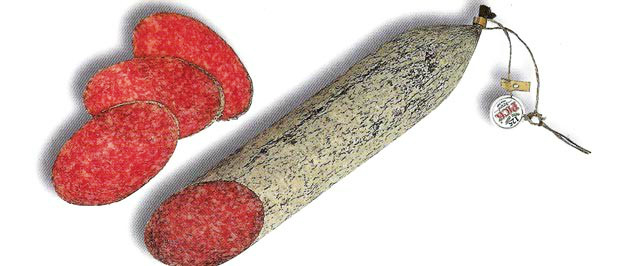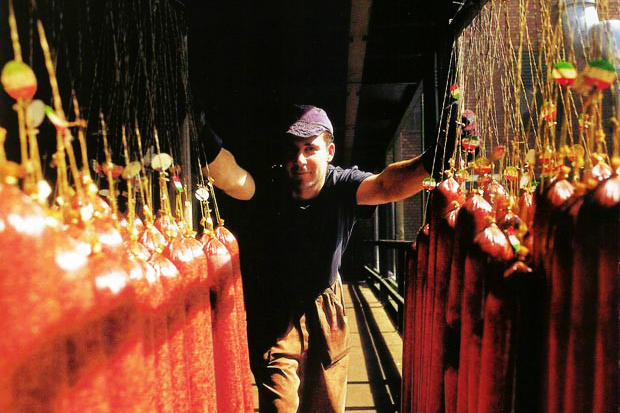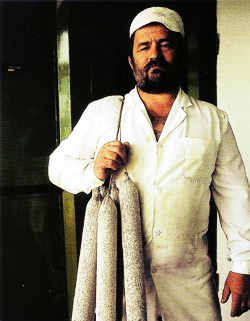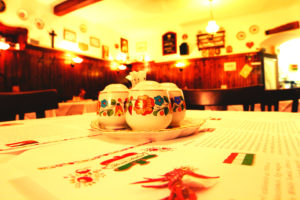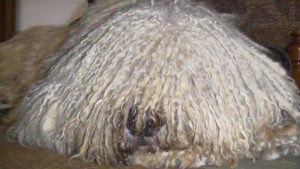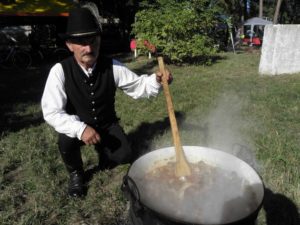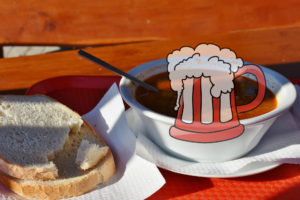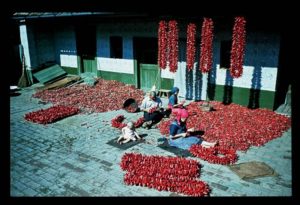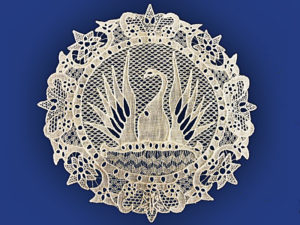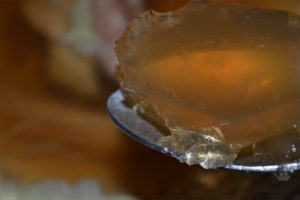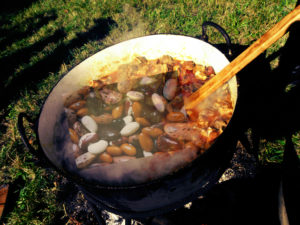Hungarian salami
Téliszalámi, known all over the world as Hungarian salami, is one of the “aristocrats” of all sausages. Its typically delicate aroma, good shelf life, and worldwide popularity have gone to ensure its pre-eminent position among the hierarchy of Hungarian meat products. The first salamis to be produced in Hungary came from Szeged on the river Tisza in the south of the Great Plain. One Márk Pick decided to try his luck at making a certain type of Italian sausage that was at the time unknown in Hungary. He started small and, after highly promising success in 1883, soon went into “mass production.”
After a while, the Pick salami ceased to bear any resemblance to the Italian version that originally inspired it, since Hungarian butchers worked to give it a typically Hungarian flavor. So what is the special touch that makes this Hungarian salami unique? Well, as always, only natural ingredients are used. The best pork and pork fat are not chopped in machines, but expertly by hand, using specially designed knives.
The excellent aroma of the Hungarian salami is not solely due to the combination of spices (which is, of course, a closely guarded secret) but also to the protective bloom that coats the sausage during its three-month maturing period after it has been smoked. This white, uneven coating protects the salami from becoming rancid, and so helps to ensure a long shelf life. Márk Pick later moved his business to its present location on the banks of the river Tisza, since he understood the role played in the maturing process by the cool air that rose from the river.
As recently as the 1950s, salami was produced only during the colder months of the year, namely from October to March (hence its name of téliszalámi – winter salami), since that was the only time the basic method of heat regulation (which required extensive knowledge and expertise) could be applied. This called for the windows on the drying level being opened or closed. The bloom was twice removed with a brush, and the sausages moved to ensure that they all matured evenly and simultaneously.
Once mature, téliszalámi is traditionally given a banderole in the Hungarian national colors of red, white, and green. The ends are secured with string and given a lead seal. The unopened salami should not be refrigerated, but stored in a cool place, out of the sun.
Kept this way, it will retain its delightful flavor for at least three months. Over the years winter salami has acquired a number of different relations, including newer developments such as paprikás szalámi (paprika salami), which was given a Hungarian flavor, and csemegeszalámi (fine salami), which also contains beef and thus tastes slightly different. The continued success of Pick salami appealed to several other would-be producers, but the only salami to rival it was itself produced at the Herz-Salami works, established in 1888 on the banks of the Danube at Pest.



